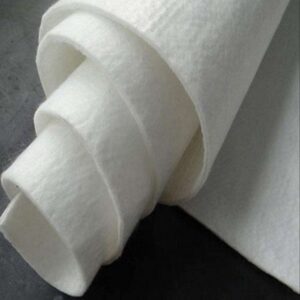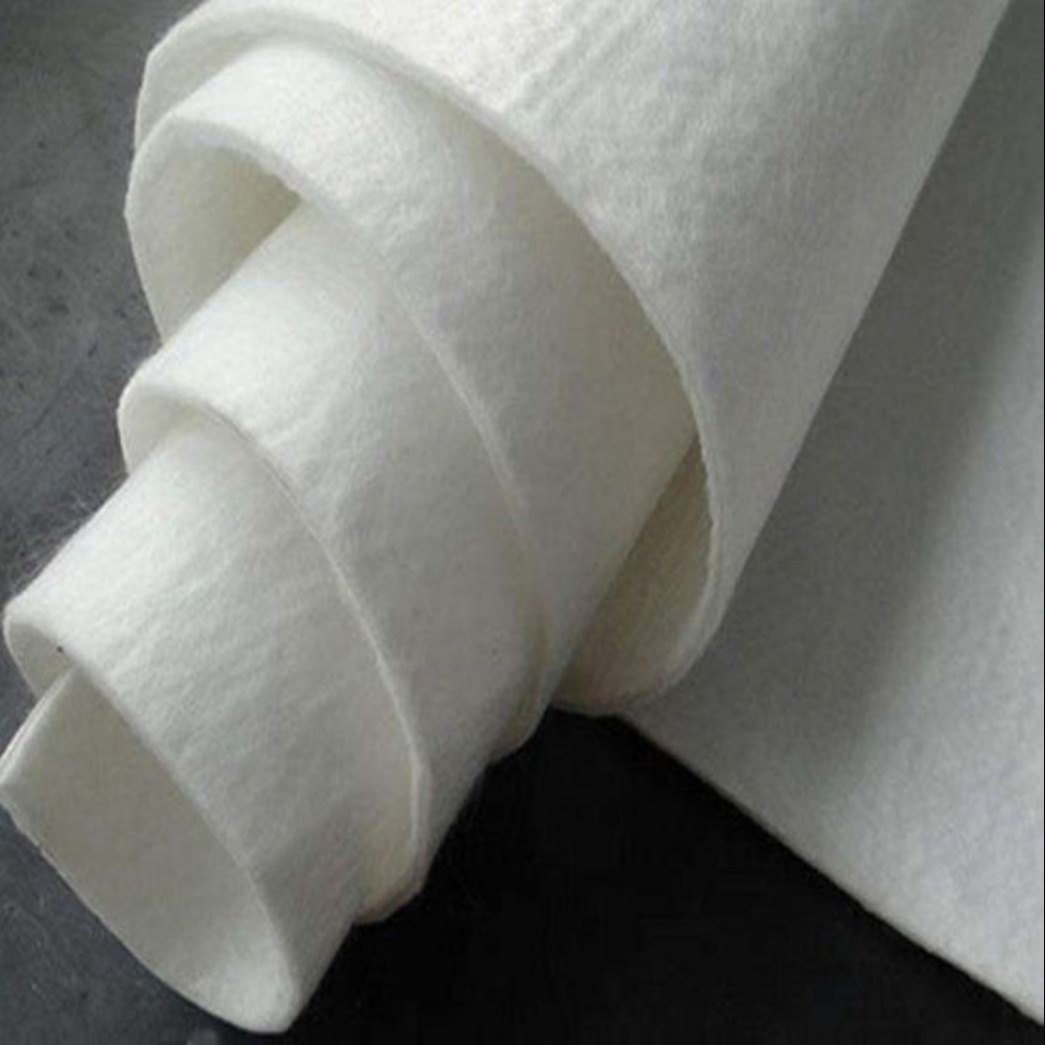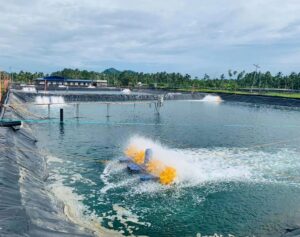How does geotextile prevent seepage?
Geotextiles are materials made from polymer fibers or other synthetic fibers through weaving or other processes. While geotextile itself cannot prevent moisture penetration, it can provide anti-penetration capabilities in the following ways:
Dispersed osmotic pressure: The fiber structure of geotextile can help disperse and spread the osmotic pressure of water. When moisture passes through the geotextile, the gaps between the fibers will limit the speed of liquid penetration, thereby reducing the osmotic pressure of the liquid. This allows geotextiles to effectively control the movement of leaking liquids.
Filtration function: Geotextiles can filter materials, preventing solid particles from passing through and only allowing water to pass through. For example, in landfills, geotextiles can filter filtrate and prevent the infiltration of solid waste, thus keeping the collection system open.
Prevent Erosion: In some applications, geotextiles can be used to protect soil from water flow and erosion. It can be used as a slope protection or bank protection material to prevent water from scouring the soil and maintain the integrity and stability of the soil.
Crack Choking: Geotextiles can provide a sealing effect in cracks in the ground or the tiny pores that form in the soil, reducing or preventing liquid penetration. It fills cracks and blocks the passage of liquid between pores.
Please note that geotextiles have limited penetration resistance and are primarily dependent on material selection and density. In specific applications, the appropriate geotextile type, specification and thickness need to be selected as needed, and properly installed and maintained to ensure the effectiveness of the anti-seepage performance. In addition, geotextiles are often used together with other anti-penetration materials (such as geomembranes) to provide higher anti-penetration effects.

What is the production process of geotextile?
Material selection and preparation: Select suitable polymer fibers or synthetic fibers as raw materials according to product requirements, such as polypropylene, polyester, polyethylene, etc. The material is often supplied in the form of pellets or sheets and requires steps such as pre-treatment, filamentation or melting to obtain fiber materials suitable for weaving or other processes.
Weaving or manufacturing: The main production method is to turn fibrous materials into geotextiles through processes such as weaving or carding. Specific methods include:
Weaving: Using a loom, silkized or melted fibers are interwoven vertically and horizontally to form a textile structure, such as plain weave, twill, selvage, etc.
Nonwoven fabric: The fiber layers are combined with each other through hot air, melting or adhesive methods to form nonwoven fabric. This method is generally more suitable for thinner geotextile manufacturing.
Acupuncture process: Use a needle punching machine to acupuncture the fiber layer through a roller with pins, so that the fibers interlock with each other to form a cloth-like structure.
Handling and Processing: The finished geotextile may need to undergo some handling and processing steps to increase its properties or to suit a specific application. This may include coating, lamination, coating, embossing, etc.
Testing and Quality Control: After manufacturing and processing, geotextiles will undergo quality testing and control to ensure that they meet product specifications and standard requirements. Testing items may include physical property testing, dimensional measurements, tear strength, tensile strength, etc.
Packaging and Storage: The finished geotextile will be rolled or folded, packaged and labeled for transportation and storage. Geotextiles should be stored in a dry, ventilated environment and away from direct sunlight to prevent heat accumulation, moisture or sunlight from affecting performance.
The above is an overview of the general production process of geotextiles. The specific production process may vary depending on the manufacturer, product type and specification. Manufacturers usually develop corresponding processes and quality control procedures to produce geotextiles in strict accordance with relevant standards and requirements to ensure that their quality and performance meet application needs.
Author
-

Founded in 2002, Tinhy's team focuses on the manufacturing, marketing, installation, application and research and development of geosynthetic materials.
View all posts




